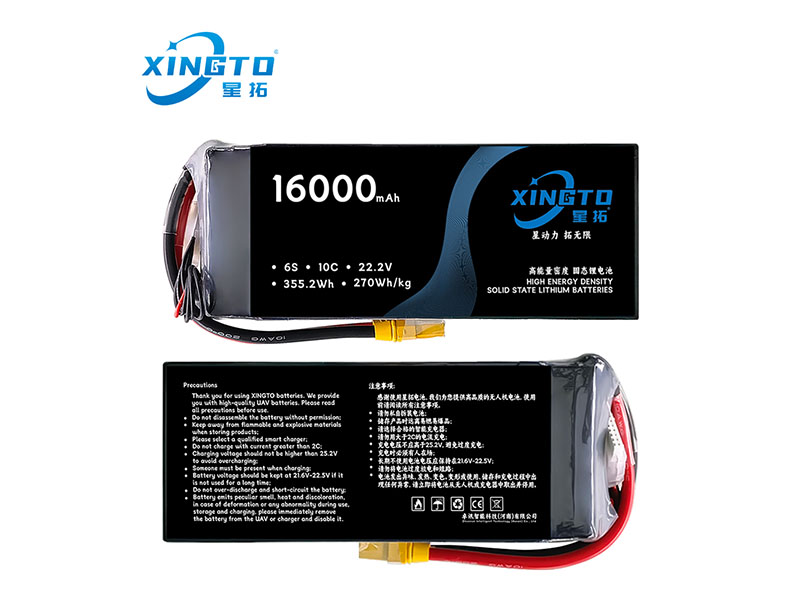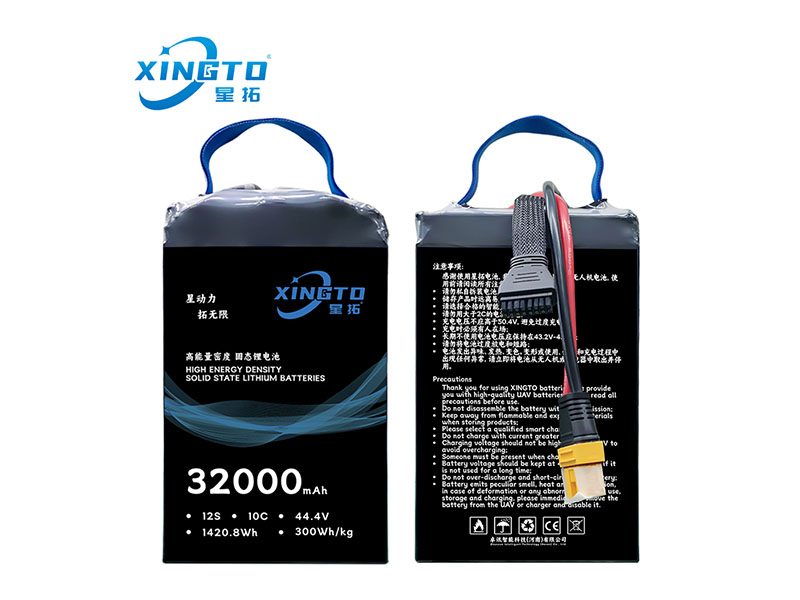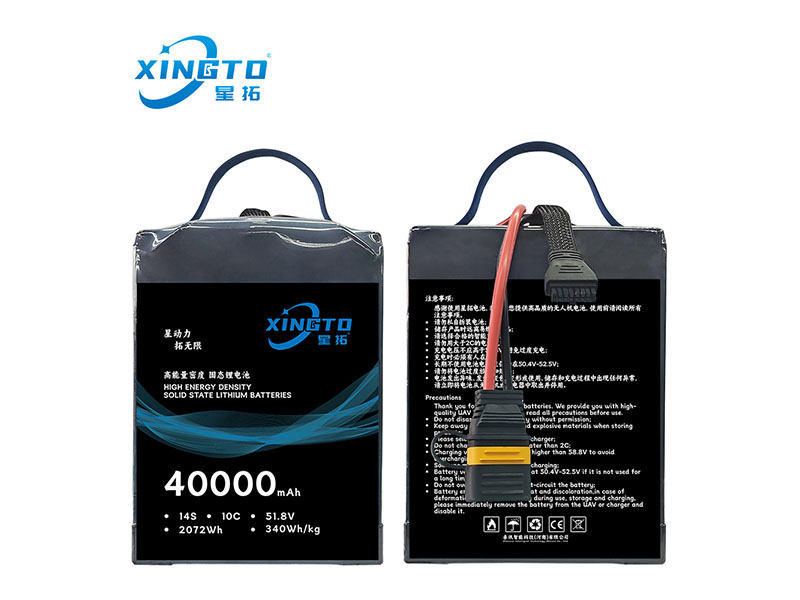Drone batteries are the core component determining flight duration and performance. Faced with complex battery models and parameters on the market, how do you quickly match your device’s needs? Combining industry data and user pain points, this article breaks down common drone battery types, model comparison charts, and pitfall avoidance tips to boost your flight efficiency and safety!
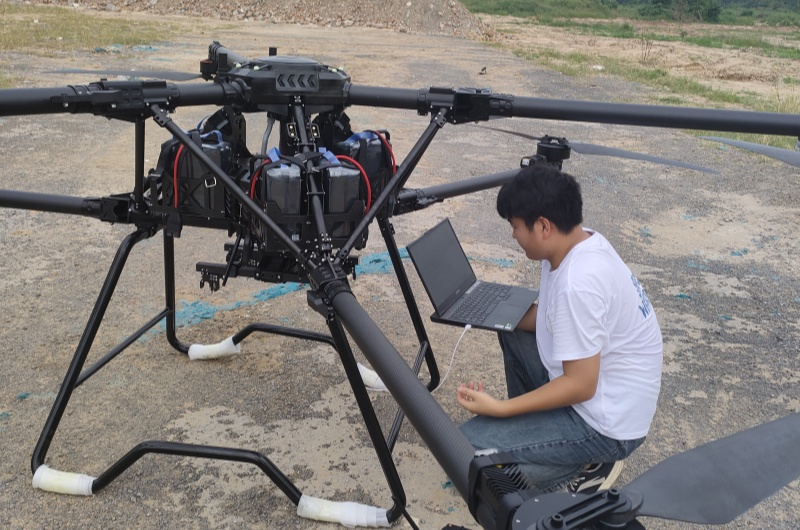
I. Analysis of Common Drone Battery Types (With Use Cases)
1. Lithium Polymer (LiPo) Batteries
◦ Key Advantages: High energy density, strong discharge rate (supports 60C+), ideal for FPV racing and aerial photography drones.
◦ Popular Models:
■ 6S 6000mAh (22.2V): Compatible with DJI Inspire 3 and FPV drones.
■ 14S 24000mAh (51.8V): Top choice for industrial surveying drones.
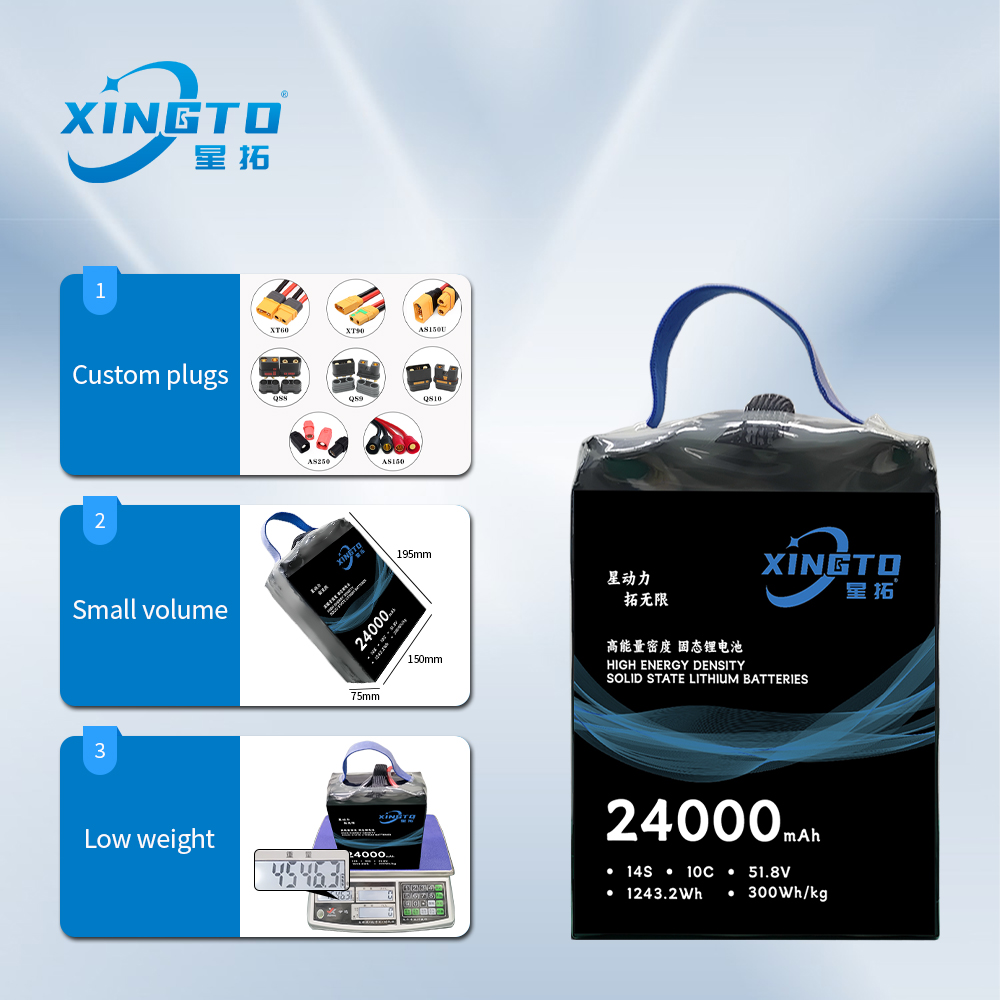
◦ Buying Tip: XT60 connectors are industry-standard – ensure compatibility with your drone’s power cable.
2. Lithium-Ion (Li-ion) Batteries
◦ Key Advantages: Long cycle life (1,000+ charges), safer than LiPo batteries.
◦ Popular Model: 24S 24000mAh (88.8V), designed for long-range logistics drones.
◦ Tech Highlights: No electrolyte leakage risk, heat-resistant, gradually adopted in 2023 for firefighting and rescue drones.
◦ Representative Model: 32V 40000mAh (customized for industrial use).
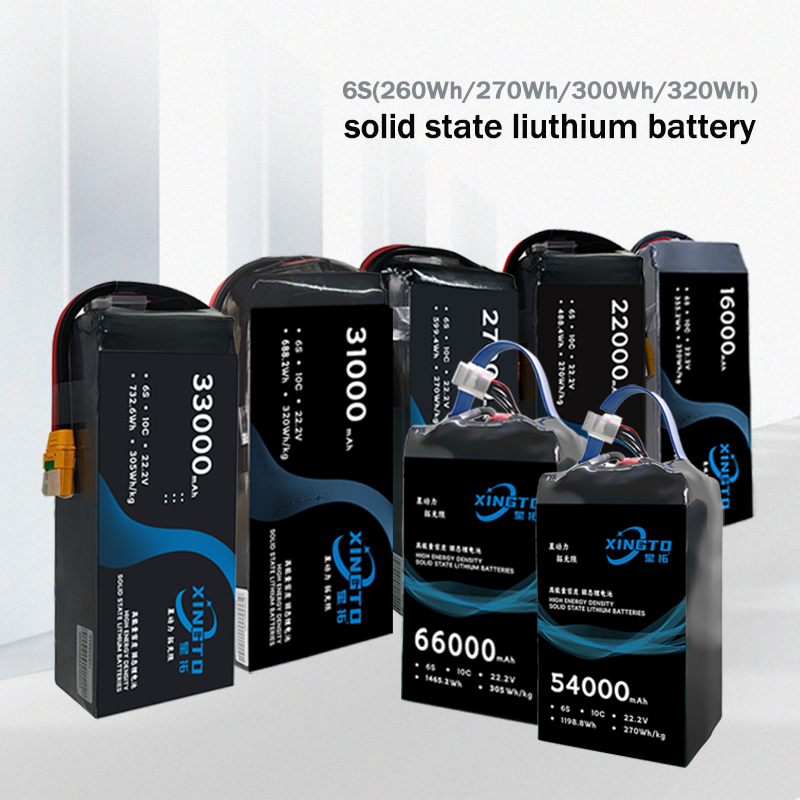
4. Graphene Batteries
◦ Breakthrough Performance: 50% faster charging, but higher cost – mainly used in high-end racing drones.
◦ Representative Model: 6S 60C 2150mAh (for lightweight FPV drones).
II. Drone Battery Model Comparison Chart (Quick Device Matching)
| Battery Model | Voltage | Capacity | Compatible Drones | Connector | Price Range |
| 6S 6000mAh | 22.2V | 6000mAh | DJI Inspire 3, FPV racers | XT60 | $70-110 |
| 4S 4000mAh | 14.8V | 4000mAh | DJI Mini 4 Pro | Custom | $40-65 |
| 12S 12000mAh | 44.4V | 12000mAh | XAG Agricultural Drones | EC5 | $170-250 |
| 14S 25000mAh | 51.8V | 25000mAh | JOUAV Industrial Drones | AS150 | $420+ |
III. Top User FAQs (Must-Read Pitfall Avoidance)
1. “What’s the difference between 6S and 12S batteries?”
◦ Answer: “S” indicates the number of cells in series. 6S = 6 cells (22.2V), while 12S doubles the voltage to 44.4V, requiring high-voltage motors.
2. “Does higher capacity mean longer flight time?”
◦ Truth: Larger capacity increases weight – balance drone payload and power efficiency.
3. “How to choose batteries for cold environments?”
◦ Solution: Prioritize Li-ion batteries or smart batteries with built-in heating.
IV. 2023 Battery Buying Rules – 3 Golden Principles
1. Voltage Matching: Refer to your drone manual to avoid power shortages.
2. C-Rating Selection: Choose 60C+ for racing drones; 30C suffices for aerial photography.
3. Brand Certification: Opt for UL/CE-certified batteries to avoid explosion risks.
V. 5 Secrets to Extend Battery Life
1. Charging Rules: Avoid overcharging (>95%) or deep discharging (<20%).
2. Storage Tips: Store at 50% charge in environments with <60% humidity.
3. Maintenance: Clean electrode contacts with alcohol wipes to prevent oxidation.
VI. Industry Trends: Future Battery Technologies
• Solid-State Battery Adoption: Mass production by 2024 – 30% longer续航, 20% cost reduction.
• Smart BMS: Real-time cell health monitoring and auto-balancing.
• Wireless Charging: 10-minute automatic charging via drone landing pads.
As a professional battery manufacturer, Xingtuo Battery has comprehensive ODM services, processing and production, and a strong full supply chain system. Currently, it has established long-term strategic partnerships with multiple large listed companies, and its products are exported to the Americas, Europe, Japan, Southeast Asia, and other regions. Xingtuo battery products have passed international certifications such as UL, CE/IEC, REACH, ROHS, UN38.3, and have also passed IS09001, ISO14001, ISO occupational health and safety management system certifications. If you have any needs for drone batteries, please feel free to contact our online customer service at any time!


